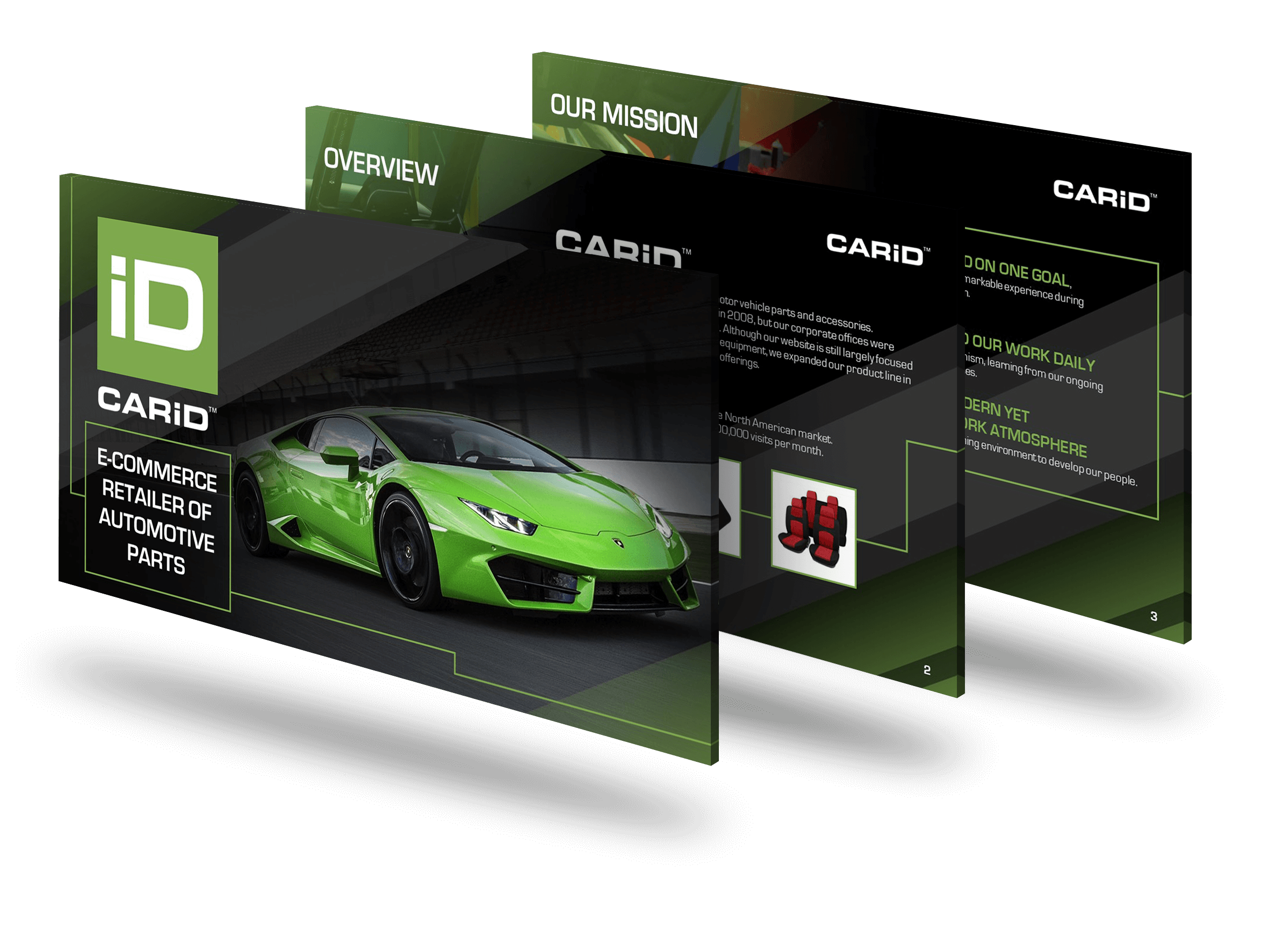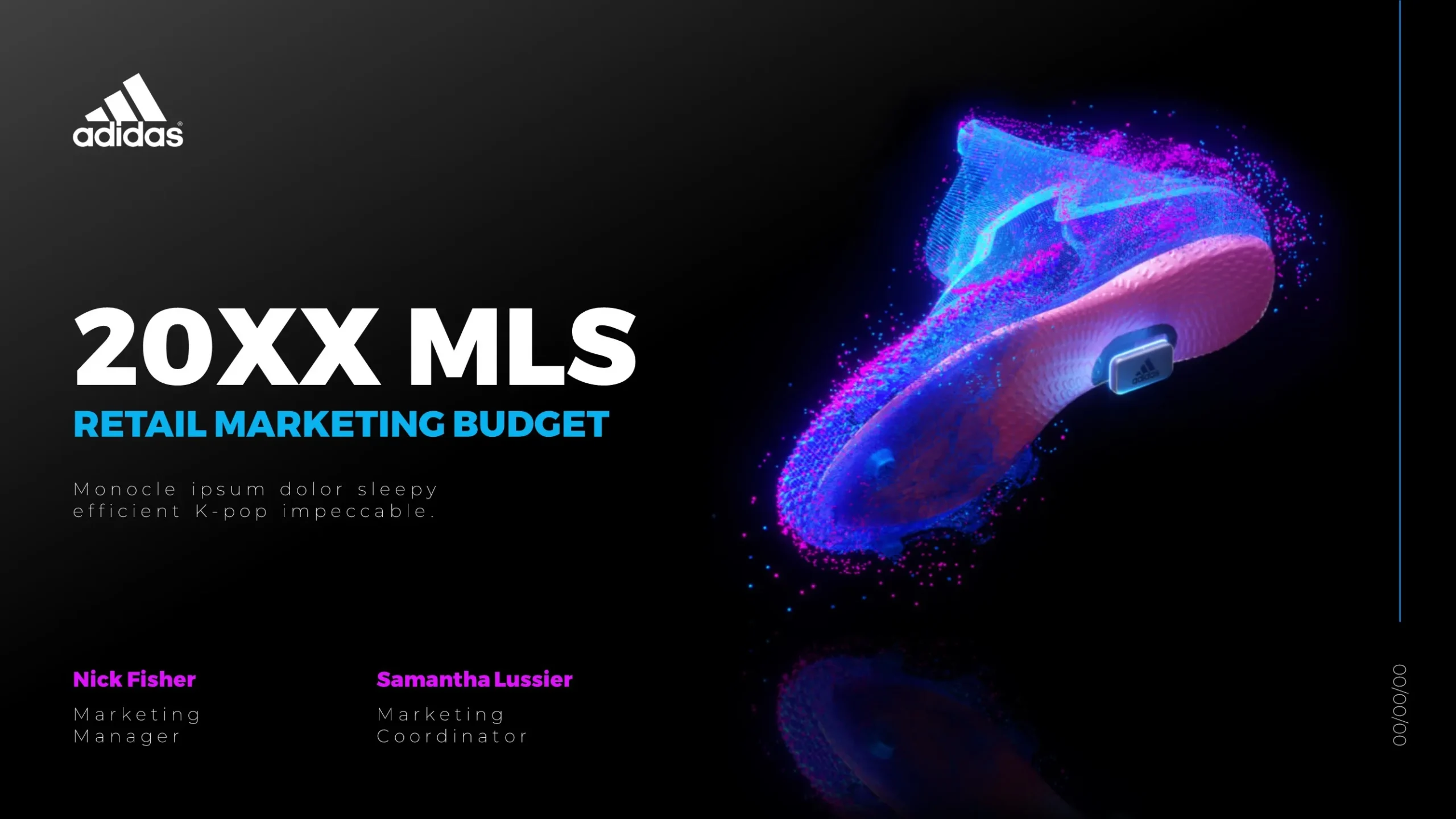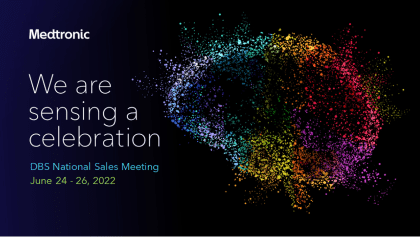
When hiring a presentation designer, it’s important to consider several key factors to ensure you select a professional who meets your needs and can deliver a high-quality, visually engaging presentation. Here are the most important factors to consider:
1. Portfolio and Design Quality
A designer’s portfolio is the most important indicator of their skills and expertise. Look for:
- Creativity: Evaluate whether their work stands out and is visually appealing.
- Consistency: Check if they can maintain brand consistency throughout the presentation.
- Diversity of Designs: See if their work spans different industries or design styles, showing versatility.
Why it Matters: A well-rounded portfolio gives you confidence in their ability to handle various types of presentations, whether for sales, investment, or internal communications.
2. Experience and Industry Knowledge
Consider a designer’s experience in creating presentations specific to your industry or business needs. Designers with industry knowledge are better able to:
- Understand technical terms and concepts relevant to your field.
- Tailor the presentation to meet industry-specific standards or expectations.
Why it Matters: Experience in your industry means the designer will know how to make your message resonate with your target audience, whether it’s investors, clients, or stakeholders.
3. Storytelling Ability
A good presentation is more than just design—it must tell a compelling story. Look for a designer who can:
- Craft a logical narrative flow that connects with the audience.
- Translate data, ideas, or business strategies into clear, concise messaging.
- Use visual storytelling to enhance the presentation’s impact.
Why it Matters: A presentation that is visually stunning but lacks clear messaging or story structure will fail to engage the audience.
4. Technical Proficiency and Software Knowledge
Ensure the designer is proficient in the tools you plan to use for your presentation. Common software includes:
- PowerPoint
- Keynote
- Google Slides
- Advanced design tools like Adobe Creative Suite (for more complex graphics or animations)
Why it Matters: A designer’s proficiency with the right tools ensures the final product will be compatible with your needs and easy to edit in the future.
5. Customization and Flexibility
Check if the designer offers customized solutions that match your brand identity and message. Some designers may rely heavily on templates, while others can provide:
- Tailored visuals and graphics.
- Custom animations and transitions.
- Flexibility in incorporating your specific feedback or preferences.
Why it Matters: Customization ensures the presentation reflects your brand’s unique voice and vision, making a stronger impression on your audience.
6. Understanding of Audience Engagement
The designer should know how to design with the audience in mind, focusing on:
- Audience interaction: Including interactive elements (like embedded media or navigation).
- Simplified data presentation: Making complex information easy to understand through visuals (charts, infographics, etc.).
- Designing for retention: Using visuals, fonts, and colors that keep the audience engaged and help them retain key points.
Why it Matters: Audience engagement is critical for the success of any presentation, whether you’re pitching to investors or addressing employees.
7. Timeliness and Project Management
A designer’s ability to meet deadlines and manage time efficiently is crucial, especially if your project has tight timelines. Assess their:
- Response time during initial communication.
- Project workflow and scheduling (clear milestones and deadlines).
- Flexibility to handle revisions and accommodate feedback.
Why it Matters: Clear communication and timely delivery ensure your presentation will be ready when you need it, without last-minute stress.
8. Cost and Value for Money
Get a clear understanding of the designer’s pricing structure and ensure it aligns with your budget. Consider:
- Per-slide pricing vs. project-based pricing.
- What’s included (e.g., revisions, additional graphic design, animations).
- If the price reflects the level of customization and creativity required for your presentation.
Why it Matters: While it’s important to stay within budget, investing in a skilled designer can provide high ROI, especially for critical presentations like investor decks.
9. Revisions and Feedback Process
Check how many rounds of revisions are included in the designer’s process. Ensure the designer is open to feedback and:
- Can easily incorporate changes based on your comments.
- Has a clear feedback loop that allows for collaborative input without long delays.
Why it Matters: A transparent revision process helps you fine-tune the presentation to ensure it meets your expectations and goals.
10. Client Testimonials and Reviews
Finally, review testimonials or references from past clients to gauge the designer’s:
- Professionalism.
- Quality of work.
- Ability to meet deadlines and handle feedback.
Check platforms like Upwork, LinkedIn, or Google Reviews to find relevant client feedback.
Why it Matters: Client reviews can provide insight into the designer’s reliability and ability to deliver successful presentations.
Conclusion:
When hiring a presentation designer, consider factors such as portfolio quality, storytelling ability, technical expertise, and client reviews. Agencies like SlideGenius and PitchDeck.com can provide expert designers tailored to your needs. The best designers will combine creativity, clarity, and a deep understanding of your business to produce a presentation that leaves a lasting impression on your audience.
View Our Presentation Portfolio










